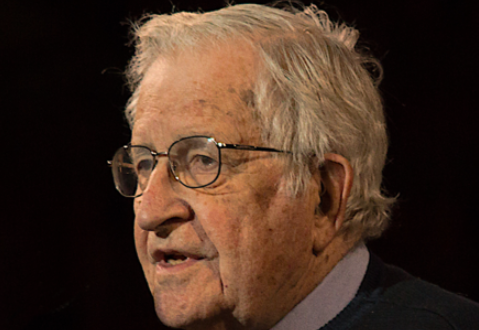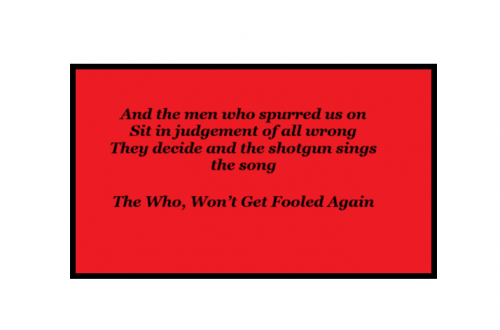Some time ago someone suggested I might like to write about the ‘Jew in the Box’ exhibition in Berlin. I found the questions this raised so difficult – was it undermining or participating in antisemitism? – that I decided not to write a post. The idea of making any kind of judgement on the meaning or value of the ‘performance’ was made more difficult by the fact that the responses of Jewish visitors were sharply split, with passionate arguments being put forward for and against the exhibition.
‘Exhibit B’ raises similar issues. Like ‘Jew in a Box’ it is clearly designed in an anti-racist spirit, but has been criticised for being complicit with racism. The views of BME visitors seem to have been quite as divided as Jewish opinion on the Berlin exhibition. Is staging racism itself racist – or is its use of shocking imagery a responsible and effective way of encouraging viewers (whatever their background) to confront past and present prejudice and discrimination? Similar issues of complicity were raised by the inclusion of real ‘Dianas’ in Mark Wallinger’s installation at the Titian exhibition, tempting visitors to become voyeurs.
Thinking that – or just wondering whether – a work could be racist is one thing. Demanding it be banned or cancelled is another. Although protestors were in fact demanding a boycott, not an outright ban, Exhibit B was forced to close on its opening night due to safety fears, but the Barbican still stands behind the exhibition. I received this response to a comment on Twitter:
love it when white liberals tell Black people how to think about racism
But insisting that what amounts to censorship is wrong is not the same as telling someone how to think about racism. Also – not all Black people oppose Exhibit B. My Twitter interlocutor was watching Sunday Morning Live but seemed to have blanked out the very clear support for the exhibition voiced by Stella Odunlami, one of the performers, who mocked Lee Jasper’s censoriousness, and insisted that she and her fellow artists had made an informed choice to participate. In a different context, ironically, I toned down my instinctive uneasy feeling that a performance brushed up against racism because I read the views of a black participant and thought her opinion ought at least to be attended to.
Susan Greenfield struck a particularly off note on Sunday Morning Live, encouraging self-censorship:
‘You have the responsibility to see that actions have consequences. You can’t just assert your freedoms without considering the freedoms of others that might be offended.’
and Lee Jasper, to the disdain of Claire Fox, tried to deny accusations of censorship before declaiming that ‘we will stop it in New York, Paris and Moscow.’
Sometimes art, or other kinds of expression, may stress test one’s commitment to free speech. Dan Park’s ‘art’ is clearly designed to offend and provoke, for example. But Exhibit B doesn’t fall into that category, despite the fierce debate it has sparked, and its cancellation is yet another example of art/expression being silenced by bullying and intimidation. As Catherine Bennett writes:
In fact, the much greater official tolerance of homemade censorship since the fatwa on Salman Rushdie seems to have nurtured an ever-growing number of Jaspers, of all castes, races and predilections, sometimes hailing from the very heart of the white liberal elite. To judge by recent successes, limits to free expression can be just as stringently imposed when claimed, at random, by or on behalf of its self-styled victims, than when systematically enforced, pre-1968, by the lord chamberlain.
Whether people want to hear Ayaan Hirsi Ali or watch a production of The Death of Klinghoffer – it’s important that we get the chance to make up our own minds about controversial material, even when it is more unambiguously ‘offensive’ than Exhibit B. Here is part of the Barbican’s statement:
“We find it profoundly troubling that such methods have been used to silence artists and performers and that audiences have been denied the opportunity to see this important work. Exhibit B raises, in a serious and responsible manner, issues about racism; it has previously been shown in 12 cities, involved 150 performers and been seen by around 25,000 people with the responses from participants, audiences and critics alike being overwhelmingly positive.


